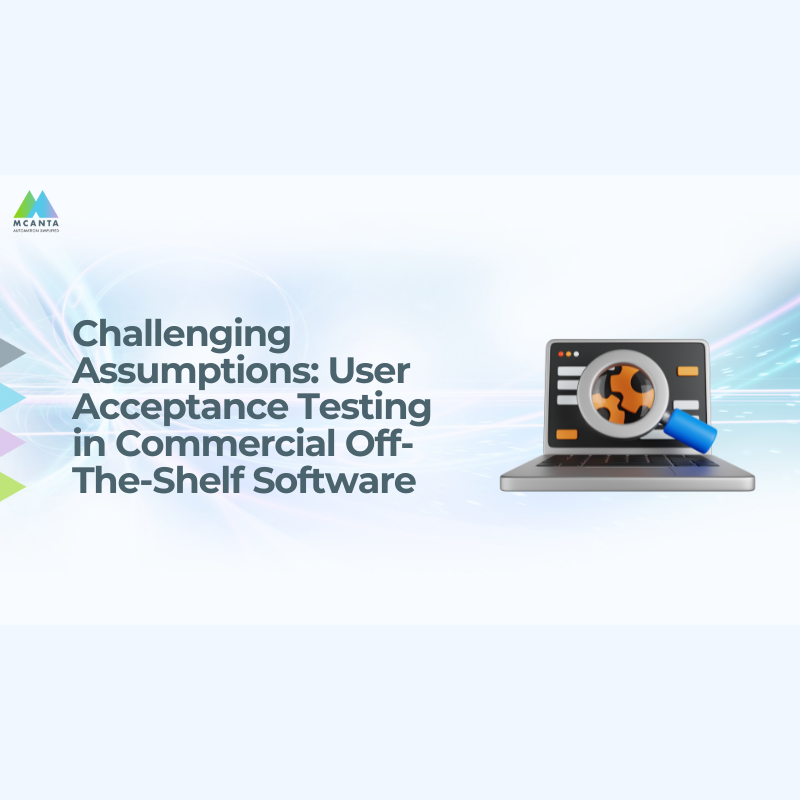Project Description
Challenge
Turn a multi-year vision into a working pilot in 3 months. A multinational mapping company wanted to centralize its sensor data collection planning, increase remote tracking, realize operational efficiencies, and reduce costly reshoot activity.
Method
The first objective was to develop and document the most important metrics to demonstrate tangible progress toward the stated goals. Working with the onsite Quality Team, MCANTA and Mandli Communications (Mandli) developed a LEAN-based, layered Overall Equipment Effectiveness (OEE) measurement process. These efforts were essential to the success of the project. Given the high visibility of the project internally and the company leadership’s strong interest in attaining success, the metrics and accompanying measurement process provided a level of transparency that was valued by the stakeholders.
With the understanding of what we would measure in place, MCANTA worked with the Engineering and Data Collection Teams to perform a thorough needs assessment. This assessment reviewed available operational data, observed standardized and non-standardized processes, and evaluated the relevant training programs. The results of this assessment were used to construct the framework that would guide the effort as it moved into subsequent phases.
Amidst this progress, MCANTA supported a retrospective from historical initiatives to understand and improve upon previous efforts to address this challenge. Insights were gained and adjustments were implemented to bolster the effort.
As the project moved forward, MCANTA led the formation of a cross-functional team covering Quality, Collection, Engineering, Project Management, and Data Delivery. Leveraging its relationships with industry partners, Mandli gained access to the latest iPhone and iPad-based GIS applications to reduce development time. The team ultimately implemented centralized route planning and fleet tracking. We combined this with daily and weekly digital process check lists to improve quality and process consistency.
Result
The pilot and subsequent production adoption resulted in a significant 30% improvement in data collection rates. Data recollection costs were reduced due to an increase in fleet tracking and a decrease in time between data collection and analysis. This resulted in significant savings for the organization in operational and capital expenses. In addition, internal teams are now more connected to the process and able to deliver more real time progress reports to internal decision-makers and external customers.




